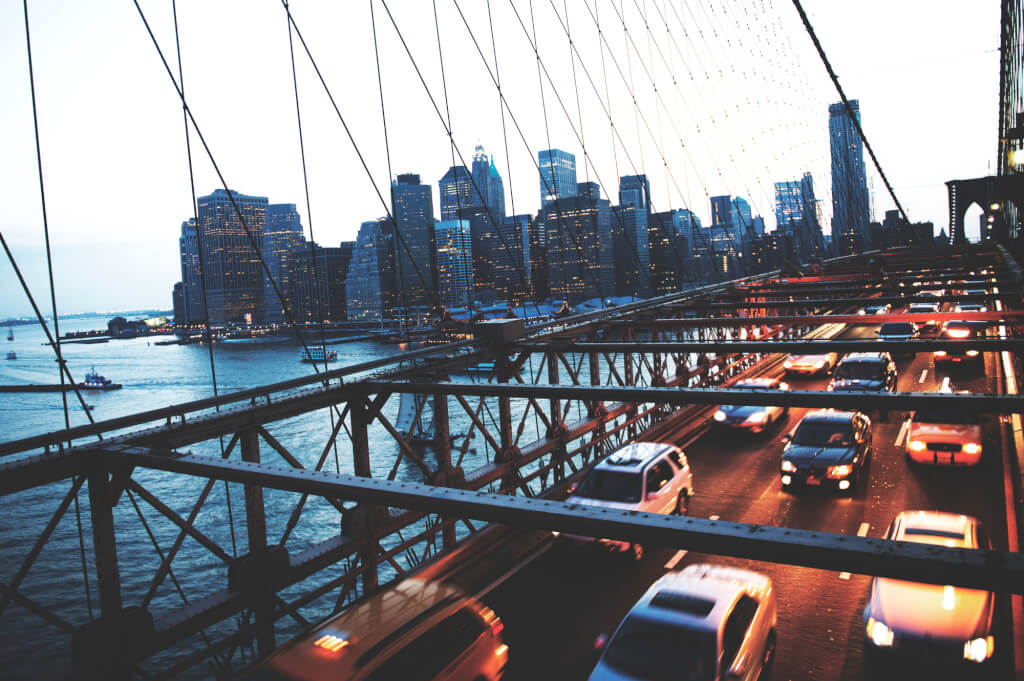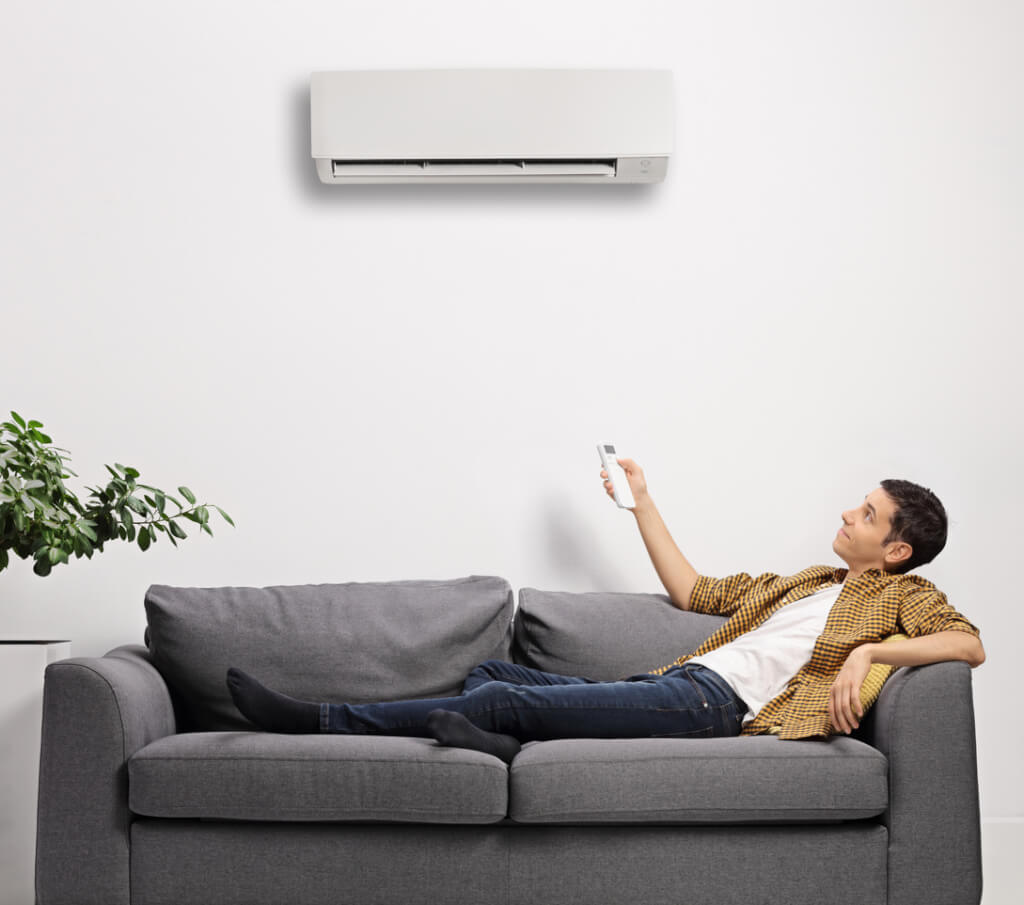How Online Product Orders Affect New York Traffic
'30.10.2019'
Source: 6sqft.com
Despite the new bridges, toll roads, and various public transport options to get to our New York destination, we still spend a lot of time. This is largely due to orders for goods online, the newspaper writes. 6sqft.

Massive growth in online orders from giants such as Amazon has a huge impact on traffic in the city, the source said. Because of this, the streets of the city are clogged daily with delivery vehicles.
However, there is another circumstance that directly affects the infrastructure. These are the so-called “last mile” centers, which provide delivery of orders to consumers in one night.
Some statistics
More than 1,5 million parcels are delivered daily in New York. This has a significant impact on traffic, safety and pollution levels in the city, the source said.
The figures speak more eloquently:
- About 15% of urban households receive a package every day.
- At present, households receive more goods than enterprises. This means that more and more trucks are heading to residential areas.
- Last year, UPS and FedEx trucks violated parking rules more than 471 thousand times - this is 34% more than the 2013 year.
- Only four companies - FedEx, FreshDirect, Peapod and UPS - collected 515 of thousands of parking tickets in 2018 for a total of $ 27 million in fines.
- The road leading to the George Washington Bridge from New Jersey is the main entry point for cars delivering parcels to New York, as well as the busiest road in the country.
- Between 1990 and 2017, carbon emissions from cars and trucks in New York grew by 27%. The region is currently the country's largest transport-related carbon dioxide source.
Moreover, studies show that New Yorkers are notable buyers.
“A study comparing online shopping habits in Manhattan and Paris showed that New Yorkers outperformed Parisians,” the publication notes.
Experiments with shipping methods
To speed up unloading time and reduce congestion, many cities are experimenting with shipping methods. For example, they try to deliver goods and cargo at night.
New York also seeks to carry more cargo at night and on weekends. So, about 500 megalopolis companies already deliver goods from 7 evenings to 6 mornings.
On the subject: Traffic jams, expensive housing and the homeless: how Amazon changed Seattle
In addition, New York recently launched a pilot program aimed at reducing two-row parking in residential areas of the city. To do this, parking spaces on the sidewalks are converted into loading areas from 7 in the morning to 7 in the evening on weekdays.
Loading areas in commercial areas have also been expanded. Trucks and buses were given priority access to the main cross artery of the city.
New York is also investing $ 100 million in the dispatch of additional cargo on water and rail lines, as well as encouraging shippers to use sea terminals and waterways.
“New York is not the only city in which significant changes are taking place due to an increase in the delivery of goods via the Internet, but in many cases it is one of the first to experience changes in land use and business models that determine the future of both real estate and retail ", - writes the publication.
In addition to traffic, the infrastructure necessary to move a huge number of items in a short time has also changed and adapted to modern realities.
Business Plans: Opening New Warehouses
As the phenomenon of the Internet economy expands, so-called “last mile” parcel delivery — lightning fast targeted delivery to customers — is growing in importance.
To date, at least five warehouses already operate this way in New York.
“Amazon recently opened last mile warehouses in the Bronx and Queens and explored leasing opportunities in Brooklyn,” the source writes.
Another development company, DH Property Holdings, also intends to place its warehouses closer to customers. To this end, she plans to build three “last mile” warehouses in Brooklyn, including a three-story warehouse in Red Hook with separate ramps for trucks. This building will be the second warehouse with this type of vertical design built in the United States.
“The 7,2 ha multi-story warehouse in Sunset Park is expected to become the country's largest“ last mile ”warehouse. The developers of these warehouses promised to create thousands of jobs; no less important is that, perhaps, new warehouses will reduce the wave of delivery by trucks that move along the streets of New York, ”the source concluded.







